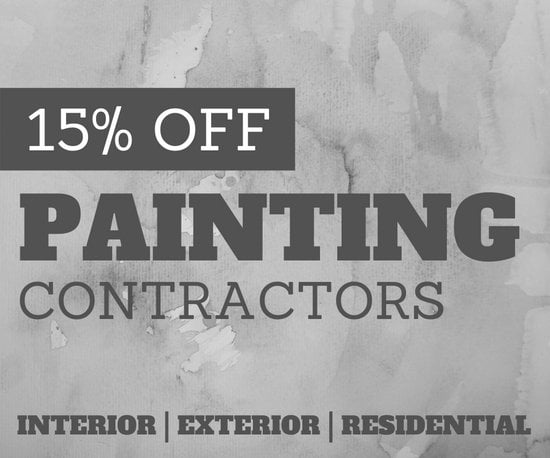Seasonal Factors In Business Outside Paint: Secret Insights You Ought To Recognize
Seasonal Factors In Business Outside Paint: Secret Insights You Ought To Recognize
Blog Article
Composed By-McLamb Rosendal
When you're intending an industrial outside paint job, seasonal elements can make or damage your outcomes. You'll wish to consider exactly how temperature and moisture effect paint application and drying times. Selecting the appropriate season can guarantee your paint sticks effectively and lasts longer. But which periods are genuinely the very best for this type of work? Let's explore the key elements that can affect your task's success.
The Effect of Temperature on Paint Application
When you're planning a commercial external paint task, the temperature level can significantly affect exactly how well the paint sticks and dries.
Preferably, you want to repaint when temperatures vary between 50 ° F and 85 ° F. If it's as well cold, the paint may not heal appropriately, leading to concerns like peeling off or fracturing.
On the flip side, if it's also hot, the paint can dry as well quickly, preventing proper attachment and resulting in an unequal finish.
You must additionally think about the time of day; morning or late afternoon offers cooler temperatures, which can be extra positive.
Constantly inspect the maker's suggestions for the certain paint you're using, as they often give support on the excellent temperature array for optimal outcomes.
Humidity and Its Result on Drying Times
Temperature isn't the only ecological variable that influences your industrial outside painting project; humidity plays a considerable function too. High moisture levels can decrease drying out times significantly, affecting the general top quality of your paint work.
When the air is saturated with wetness, the paint takes longer to treat, which can lead to concerns like bad bond and a greater risk of mold development. If you're painting on a particularly moist day, be prepared for extended wait times between layers.
It's important to monitor local weather and strategy as necessary. Ideally, aim for humidity levels between 40% and 70% for optimum drying out.
Keeping these factors in mind ensures your job stays on track and delivers a long lasting surface.
Best Seasons for Commercial Outside Paint Projects
What's the best time of year for your commercial external paint tasks?
Spring and early autumn are normally your best options. During these seasons, temperature levels are moderate, and moisture degrees are usually reduced, producing optimal conditions for paint application and drying.
Prevent summer season's intense heat, which can trigger paint to completely dry too swiftly, resulting in bad adhesion and coating. Likewise, winter's cold temperature levels can prevent proper drying out and healing, taking the chance of the durability of your paint work.
Go for days with temperature levels in between 50 ° F and 85 ° F for optimal outcomes. Keep in https://house-painters-near-me54319.bloggazzo.com/33486483/want-to-locate-the-very-best-house-painters-discover-the-strategies-for-a-magnificent-home-upgrade-that-might-elevate-your-property-value-by-as-much-as-7 to inspect the regional weather report for rainfall, as wet problems can ruin your job.
Preparation around these variables guarantees your paint job runs smoothly and lasts longer.
Verdict
To conclude, intending your business external painting projects around seasonal factors to consider can make a significant difference in the outcome. By scheduling job throughout the suitable temperature levels and humidity levels, you'll ensure much better bond and drying times. Keep in mind to keep an eye on local weather prediction and choose the correct time of year-- springtime and early fall are your best choices. Taking https://www.artsy.net/article/artsy-editorial-set-painting-studio will certainly help you accomplish a resilient and professional surface that lasts.
